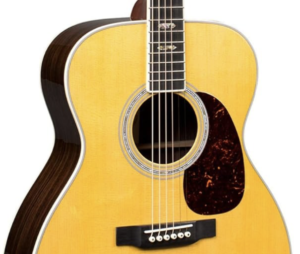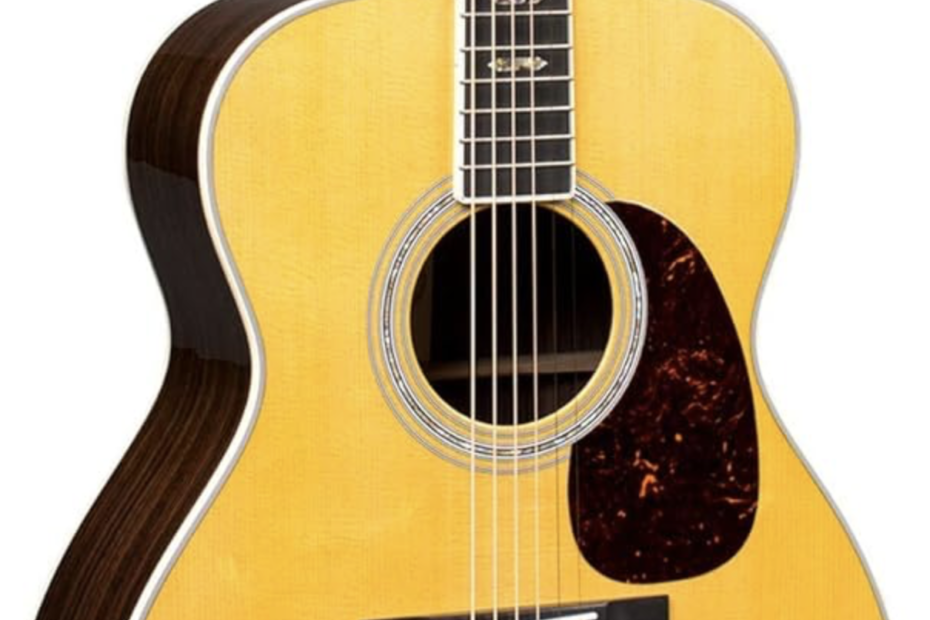Strumming is a fundamental aspect of guitar playing, and mastering various strumming patterns can significantly enhance your playing. Whether you’re strumming an acoustic guitar or rocking out on an electric, these ten essential strumming patterns will help you build a solid foundation. Let’s dive in!
1. The Basic Downstroke Pattern
 The most basic strumming pattern consists of simple downstrokes. This is often the first pattern beginners learn and is used in countless songs. It’s perfect for learning to keep time and developing a sense of rhythm.
The most basic strumming pattern consists of simple downstrokes. This is often the first pattern beginners learn and is used in countless songs. It’s perfect for learning to keep time and developing a sense of rhythm.
Example: Imagine strumming to songs like “Wonderwall” by Oasis or “Knockin’ on Heaven’s Door” by Bob Dylan.
For tips on maintaining the right rhythm and ensuring your guitar sounds its best, check out our guide on guitar tuners.
2. The Down-Up Pattern
Next is the down-up pattern, which adds an upward strum after each downstroke. This creates a more dynamic sound and is essential for most rhythm guitar parts.
Example: Think of songs like “Brown Eyed Girl” by Van Morrison or “House of the Rising Sun” by The Animals.
If you’re playing an electric guitar, you might want to consider how different pickups can affect your tone. Our pickup guide can help you choose the best one for your sound.
3. The Syncopated Strum
Syncopation involves placing emphasis on the off-beats, creating a more interesting and complex rhythm. This pattern can add a unique flavor to your playing and is common in reggae and ska music.
Example: “No Woman, No Cry” by Bob Marley is a great song to practice this pattern.
For those looking to explore different guitar models, check out our reviews on Fender electric guitars and Ibanez acoustic guitars.
4. The Waltz (3/4 Time)
 Strumming in 3/4 time, often referred to as a waltz rhythm, involves three beats per measure. This pattern is used in many folk and classical pieces.
Strumming in 3/4 time, often referred to as a waltz rhythm, involves three beats per measure. This pattern is used in many folk and classical pieces.
Example: “Scarborough Fair” by Simon & Garfunkel is an excellent example of a song in 3/4 time.
Need help mastering your chords for this pattern? Our comprehensive guide on guitar chords will be invaluable.
5. The Calypso Strum
The Calypso strum is a fun, upbeat pattern often used in island music and certain pop songs. It follows a down-down-up-up-down-up pattern, giving it a lively feel.
Example: Try this strum with “I’m Yours” by Jason Mraz.
To keep your guitar in top shape, consider reading our article on changing acoustic guitar strings.
6. The Rock Strum
This pattern is a staple in rock music, featuring strong downstrokes on the beat. It’s great for creating a driving, powerful rhythm.
Example: “Smells Like Teen Spirit” by Nirvana is a classic example.
For electric guitarists, using the right effects can enhance your rock strum. Our review on the Zoom G5n Multi-Effects Processor offers insights into achieving the perfect tone.
7. The Folk Strum
The folk strum pattern typically includes alternating bass notes followed by down-up strums. This creates a rich, textured sound that’s perfect for folk and country music.
Example: “Blowin’ in the Wind” by Bob Dylan.
For acoustic guitar enthusiasts, exploring different guitar models like the Martin J-40 can enhance your folk playing experience.
8. The Reggae Strum
Reggae music often uses an offbeat strumming pattern, emphasizing the “and” of each beat. This gives the music its characteristic laid-back feel.
Example: “Three Little Birds” by Bob Marley.
For those interested in exploring new sounds, consider our reviews of the best multi-effects pedals.
9. The Funk Strum
Funk strumming is all about rhythm and groove. It often involves muted strums and syncopated rhythms, creating a percussive feel.
Example: “Superstition” by Stevie Wonder is a funk classic that showcases this strumming style.
Experimenting with different guitars can help you find the perfect funk tone. Check out our review of the PRS Paul’s Guitar.
10. The Flamenco Strum
Flamenco strumming, or rasgueado, is a technique used in Spanish flamenco music. It involves rapid strumming with the fingers and creates a vibrant, energetic sound.
Example: “Malagueña” by Ernesto Lecuona.
To enhance your flamenco playing, you might want to explore our reviews on different nylon-string guitars.
Conclusion
Mastering these ten essential strumming patterns will significantly expand your guitar playing repertoire and improve your overall technique. Remember, practice is key. Each pattern has its unique feel and application, so take your time to explore and perfect them.
For more tips and in-depth reviews of guitars, pedals, and accessories, visit Play Guitar Review. Happy strumming!
Discover more from Play Guitar Review
Subscribe to get the latest posts sent to your email.
